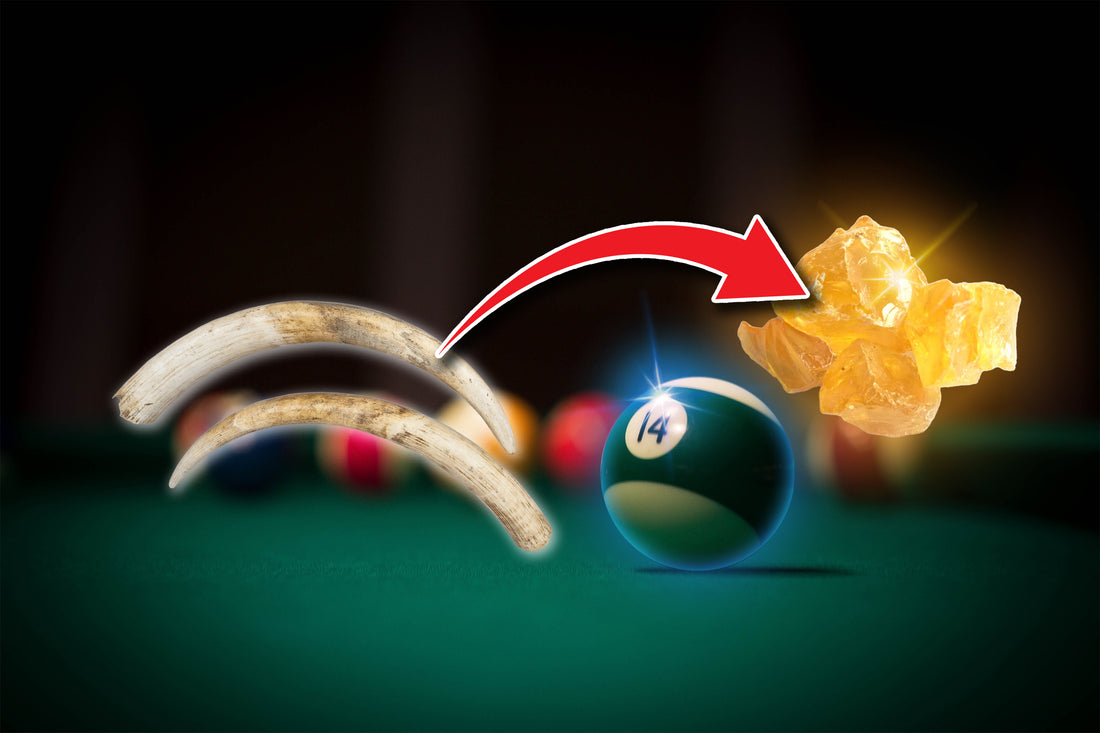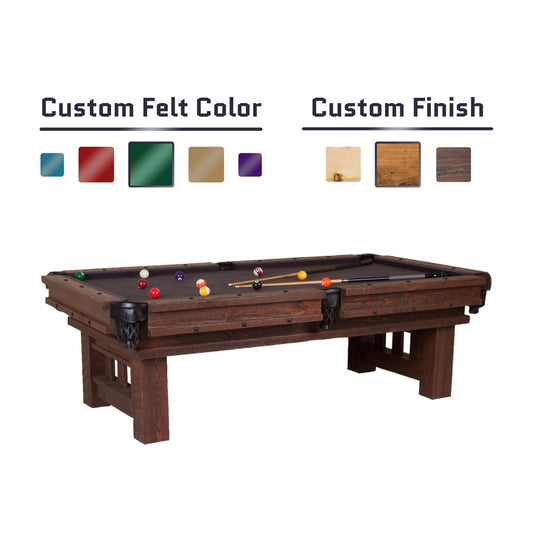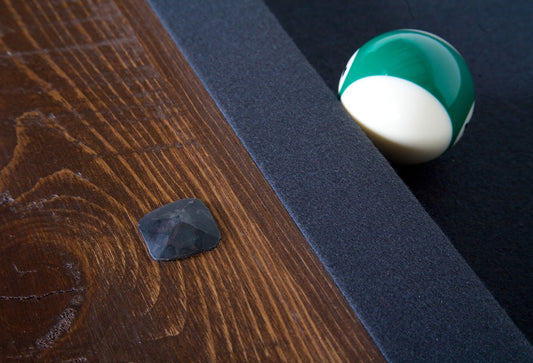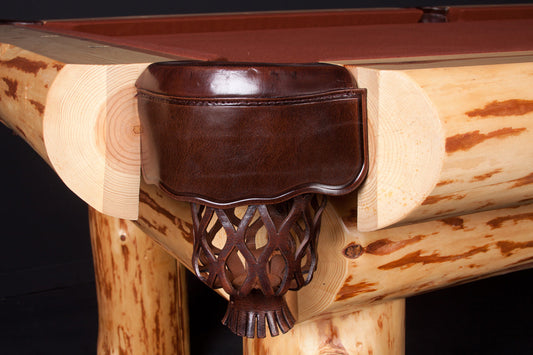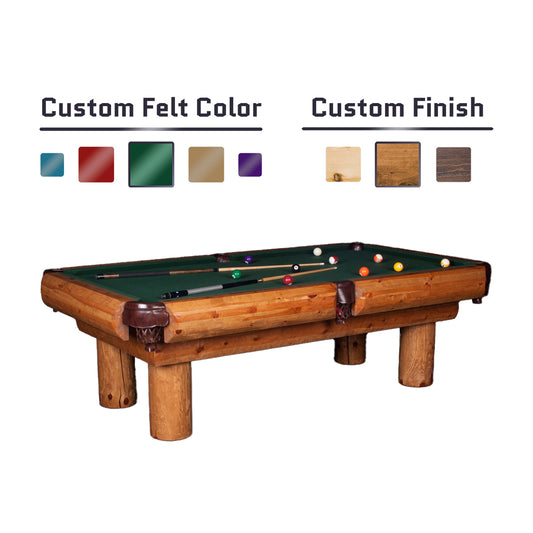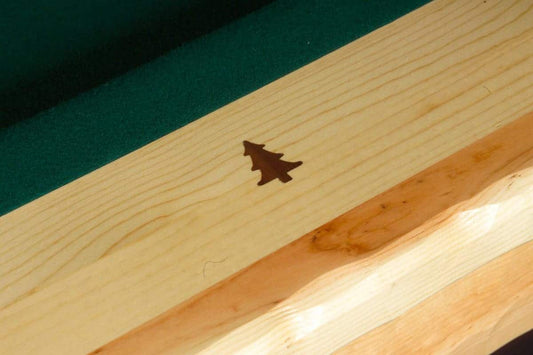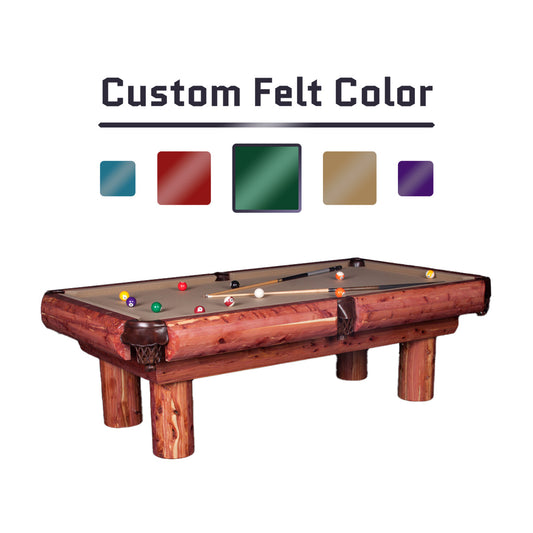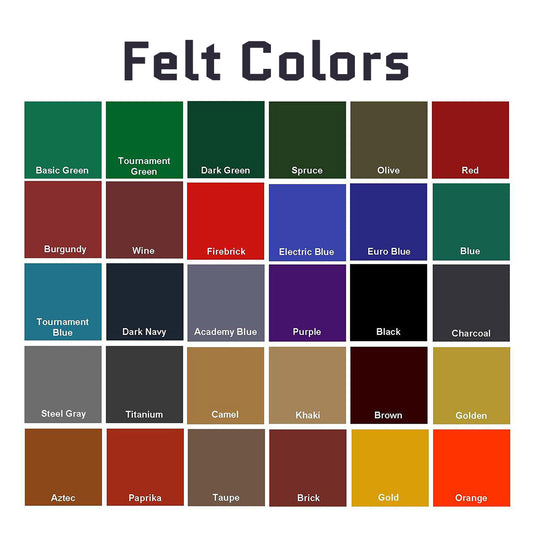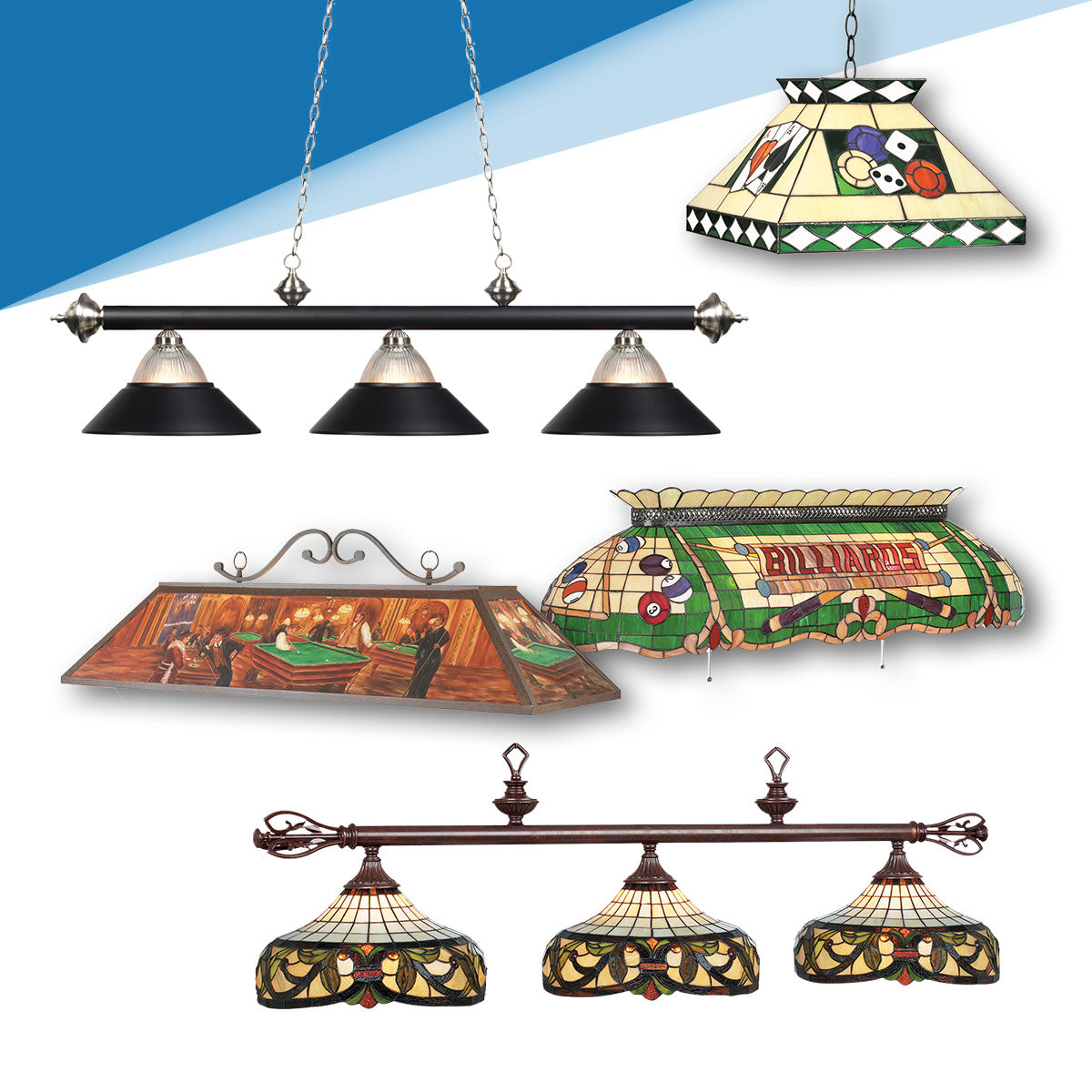Written by Daddy Cappuccino
5-minute read
Have you ever wondered what goes into the creation of those marvelous billiard balls? 🎱✨ Well, today is your lucky day because we're about to dive deep into the fascinating world of billiard ball materials. From humble beginnings to the modern wonders that grace our pool tables, join us on this article as we uncover the secrets of what makes these little orbs so remarkable, their journey through time, composition, innovations, and more. So, chalk up your cue, and let's embark on a captivating exploration of what billiard balls are truly made of!"
Table of Contents
- Billiard Balls: Early Days
- Evolving the Composition of Billiard Balls
- Modern Billiard Ball Materials
- Conclusions
1. Billiard Balls: Early Days
Ah, the history of billiard balls is quite the tale! Picture this: It's the 15th century in Northern Europe, and billiards is just taking its baby steps into the world of leisurely sports. Back then, folks played the game outdoors with, believe it or not, wooden balls! Can you imagine the clunk of wood on wood as they played?
But like any good story, billiards continued to evolve. As the game became more refined, people still used wooden balls. However, those balls began to get a touch of sophistication as the nobility got involved. They had a penchant for the exotic, and with the world opening up through colonization, they discovered a new material: ivory.

Yes, you guessed it—ivory balls became all the rage among the well-heeled. They were not only more fashionable than their wooden counterparts but also more durable. However, there was a catch. Ivory balls, like all good things, had their quirks. With age, they could crack and turn an unbecoming shade of yellow. Plus, ivory's source, those majestic elephants, started to dwindle in numbers.
So, what's a billiards-loving society to do? Well, by the late 19th century, a challenge was thrown down by none other than Phelan and Collender, one of the premier pool table manufacturers of their time. They dangled a $10,000 carrot for anyone who could invent a pool ball that didn't rely on wood or ivory. The race was on!
2. Evolving the Composition of Billiard Balls
Imagine John Wesley Hyatt, an inventor from Albany, New York, picking up this gauntlet. He embarked on a quest to craft a worthy substitute of ivory. He tinkered and toiled, blending camphor with alcohol and nitrocellulose, molding them under intense pressure into those spherical billiard wonders we know today. His creation wasn't an instant jackpot, but it marked one of the earliest forays into the world of synthetic plastics.
Yet, it wasn't all smooth sailing. Nitrocellulose, the magic ingredient in Hyatt's invention, could be a tad unstable. In the heat of play, there were tales of pool balls exploding with dramatic flair! Imagine a cue-ball-sized fireworks display in your game room—now that's entertainment.
But fear not, for in 1907, an American chemist named Phelan Leo Baekeland rode to the rescue with Bakelite, a sturdier, more dependable material. Bakelite pool balls became the standard, signaling the end of exploding billiard ball drama. By the mid-1920s, these durable orbs ruled the billiards world, ensuring countless games of smooth and, most importantly, explosion-free play. The world of billiard balls had evolved, and it was game on!
3. Modern Billiard Ball Materials
So far, we've taken an exciting journey through the annals of billiard history, exploring the materials that have shaped this beloved game. But now, let's bring our story to the present day and dive into the fascinating world of modern billiard ball materials, where pool ball colors and performance take center stage.

Phenolic Resin: The Undisputed Champion
In the realm of billiard ball materials, one name reigns supreme - phenolic resin. This wonder substance has taken the billiards world by storm, and for a good reason. Phenolic resin is to billiard balls what adamantium is to Wolverine - virtually indestructible.
Picture this: a company named Saluc, which specializes in crafting pool balls, brought phenolic resin to the forefront in 1923. These balls aren't just created; they're born out of a 13-step, meticulously detailed manufacturing process. Each ball undergoes rigorous inspections to ensure it meets specific criteria, including roundness, balance, precision color, density, diameter tolerance, brilliance, and surface polish.
The result? Billiard balls that are as flawless on the inside as they are on the outside, aside from those laser-etched numbers. The color you see is the color you get throughout the entire ball. Cut one open (not recommended), and you'll find the interior matches the exterior hue, a testament to the precision of phenolic resin production.
And the longevity? Phenolic resin pool balls have been known to stand the test of time for up to 40 years or endure roughly 400,000 impacts. That's like playing a lifetime of pool without wearing out your trusty set. Plus, their brilliance and surface polish don't fade away easily, ensuring that every shot you make looks as good as it feels.
Polyester Resin: Budget-Friendly Alternative
Now, let's talk about polyester resin billiard balls. While they might not be as durable as their phenolic counterparts, they have a clear advantage: affordability.
Polyester resin balls are more budget-friendly, making them an excellent choice for home game rooms and budding billiard enthusiasts. While phenolic resin balls can keep their shine and integrity for decades, polyester resin balls might only stick around for about 8 years or endure roughly 80,000 impacts.
So, if you're a casual player looking to have some billiards fun without breaking the bank, polyester resin balls could be your ideal companions. Just remember, they might not be in it for the long haul.
Epoxy Resin: The New Kid on the Block
Last but certainly not least, let's welcome epoxy resin to the modern billiard ball stage. Epoxy resin is a versatile material known for its use in various applications, from flooring to countertop refinishing. And now, it's making a splash in the billiards world.
Epoxy resin billiard balls offer a fresh take on the game. They combine durability with a unique aesthetic appeal. Expect vibrant pool ball colors that catch the eye.
While not as established as its phenolic and polyester cousins, epoxy resin offers some intriguing possibilities. In the billiards world, it's still a bit of an up-and-comer, but who knows what the future holds for this promising material?
What's Inside Those Colorful Spheres?
Now, you might be wondering - what's hiding inside these seemingly solid billiard balls? After all, the last thing you'd want is a surprise hollow center when you're lining up that crucial shot.
Rest assured, billiard balls are anything but hollow. They're designed to be solid through and through, maintaining consistent weight, density, and physical properties. This solidity ensures they can endure the rigors of the game, from powerful breaks to precise shots.
4. Conclusions
And there you have it, folks - the journey of billiard balls through time and materials. From humble wooden beginnings to the ivory extravagance of centuries past, and from the explosive experiments of early plastics to the durable and dependable modern wonders crafted from phenolic resin, it's been quite the ride.
Billiard balls have come a long way to grace our game rooms, bringing precision, beauty, and, let's not forget, a touch of history to our matches. So, next time you're sinking a shot or racking up for a break, take a moment to appreciate the little spheres that make it all possible. They've been through quite the evolution, and they're here to stay, keeping our games rolling smoothly and our spirits high.
🍻 Cheers to your billiards journey and see you in the next article!

